Murktide Regent has been the keystone of one of Magic: The Gathering’s Izzet (blue/red) archetypes in the Modern format since its printing in Modern Horizons 2, but it’s also the linchpin of a modern Dimir (blue/black) deck. The shift from red to black results in a more control-focused deck.
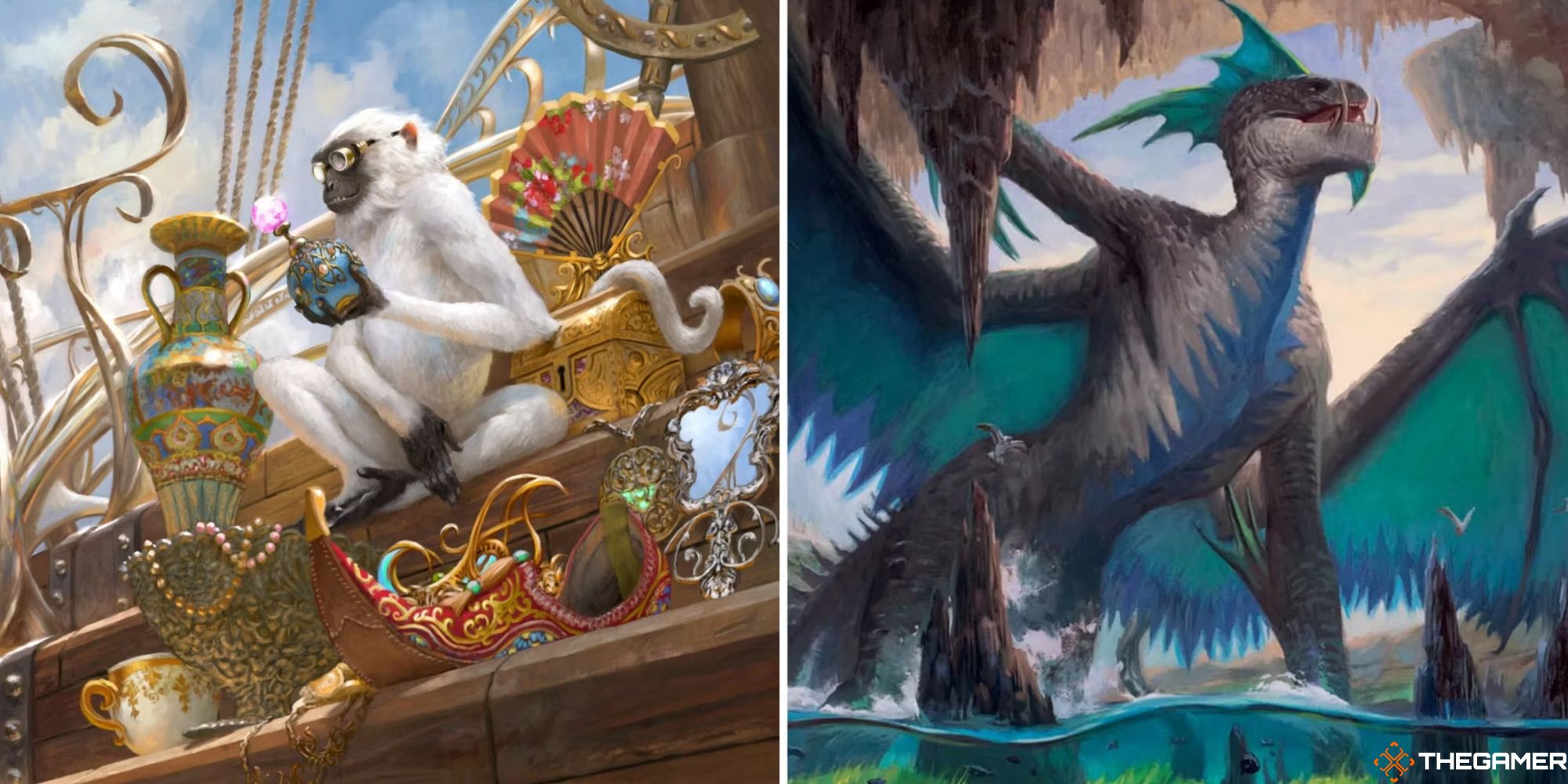
Related
Magic: The Gathering – Modern Murktide Regent Guide
Murktide Regent is one of Magic: The Gathering’s top Modern decks.
Dimir Murktide Regent decks are full of cheap instants and sorceries to control the game while filling your graveyard, then exile them in order to swing with a big ‘ol dragon. Your opponent will see it coming a mile away, but won’t be able to do anything to stop it.
Sample Decklist
|
Creatures (14) |
|||
|---|---|---|---|
|
Brazen Borrower (1) |
Harbinger of the Seas (1) |
Murktide Regent (4) |
Orcish Bowmasters (4) |
|
Psychic Frog (4) |
|||
|
Instants (24) |
|||
|
Cling to Dust (2) |
Consider (3) |
Counterspell (4) |
Fatal Push (4) |
|
Force of Negation (3) |
Long Goodbye (1) |
Sink into Stupor // Soporific Springs (2) |
Spell Snare (3) |
|
Stern Scolding (2) |
|||
|
Sorceries (4) |
|||
|
Preordain (4) |
|||
|
Lands (18) |
|||
|
Gloomlake Verge (2) |
Island (2) |
Otawara, Soaring City (1) |
Polluted Delta (4) |
|
Scalding Tarn (3) |
Steam Vents (1) |
Swamp (1) |
Undercity Sewers (2) |
|
Watery Grave (2) |
|||
|
Sideboard (15) |
|||
|
Consign to Memory (4) |
Ghost Vacuum (1) |
Harbinger of the Seas (1) |
Meltdown (3) |
|
Mystical Dispute (2) |
Nihil Spellbomb (1) |
Pyroclasm (2) |
Stern Scolding (1) |
Key Cards
Murktide Regent
Murktide Regent is the game’s name, or at least of the deck, so it’s no surprise how important this card is. While you can win without it, the most viable strategy with this deck is to beat your opponent over the head with a big blue dragon.
Every instant and sorcery you exile from your graveyard as part of Murktide Regent’s delve ability will make it bigger, as will each one you exile from your graveyard once it’s in play. With extraordinary luck, you could have an 8/8 with flying on turn three, but more often you’ll use the control side of your deck to fill your graveyard a little more slowly while preventing your opponent from creating any threats.
Psychic Frog
Psychic Frog is a powerhouse in Modern, and it’s especially threatening as Murktide Regent’s sidekick. Aside from being a cheap source of card draw, it also dodges common damage-based removal effects, gives you a discard outlet to get Murktide out sooner, and grows Murktide while giving itself flying. This card alone is enough to choose Dimir over Izzet.
While it’s possible to use Psychic Frog to drop an 8/8 Murktide Regent on turn three, that’ll leave you almost tapped out and down to only a couple of cards in your hand, which is a poor situation for a control deck. One of the hardest parts of playing this deck is deciding when to use your Psychic Frog and when to hold your cards for later.
Counterspell
Counterspell is the quintessential blue control spell, and it’s important enough that there are 14 cards with variations of its effect in the deck and seven more in the sideboard. So this is less about Counterspell itself and more about the effect that makes up a solid quarter of the decklist.
The deck has limited ways to deal with creatures and planeswalkers already in play, but six distinct counter effects. Choosing the best counter for each situation, or deciding which spells to allow through, is one of the most important decision points in piloting this type of deck.
Technically, Sink into Stupor doesn’t counter a spell that it returns to your opponent’s hand, it just removes that spell from the stack. However, it does work against spells that cannot be countered, like Long Goodbye, so we count it in the same category.
Dimir Murktide Deck Strategy
At a glance, Dimir Murktide may seem like a simple deck to play: counter your opponent’s spells, fill up your graveyard with instants and sorceries, then play a big Murktide Regent dirt-cheap and swing against their empty field. While that does sum up the strategy in under 50 words, it’s considerably more complex in reality: you need to be aware of which counters to use against each spell, not be frivolous with them, but you also need to advance your game state.
The most important part of playing any control deck in Modern is knowing your opponent’s deck. You can’t afford to waste Counterspells or removal on cards that aren’t a threat, but you won’t know which cards are really important to your opponent unless you understand their strategy in advance.
Knowing your opponent’s strategy also allows you to exploit gaps. If they won’t be able to advance their game state in a meaningful way on the next turn, you’ve got a great opportunity to drop your Murktide Regent. Or drop it with a Force of Negation in your hand to fake them out into playing their important combo piece while you’re tapped out.
While you usually want to keep mana available to respond to your opponent, don’t underestimate the importance of an early Psychic Frog and Orcish Bowmasters. An early Psychic Frog can mean a full hand and a graveyard for your Murktide Regent, while Orcish Bowmasters can wipe out one early creature and pick off others when your opponent tries to get card advantage by drawing more.
Look for opportunities to use Consider and Preordain to throw a couple of cards into your graveyard. Consider is particularly good because you can add two cards to your graveyard and one to your hand for one blue mana at instant speed. Both cards benefit from knowing what you’ll need against your opponent, allowing you to filter out ones you don’t need.
It’s sometimes worthwhile to allow creatures to come into play, only to remove them later. Fatal Push can be a more mana-efficient way of getting rid of some threats than Counterspell, especially when cast in response to your opponent investing more resources the next turn to pump it.
Sideboard
The sample deck’s sideboard contains answers to several common threats and archetypes, including additional copies of some spells in the main deck.
An extra copy of Stern Scolding and two copies of Pyroclasm can help against aggro decks that try to flood the board with creatures, but if your opponent is playing a creatureless deck you can easily remove both copies of Stern Scolding, Fatal Push, and Long Goodbye to make room for more blue control.
Consign to Memory does wonders against Eldrazi decks, but can also shut down combo decks. If your opponent is playing Splinter Twin, for example, you can use Consign to Memory to counter their Deceiver Exarch’s ETB ability.
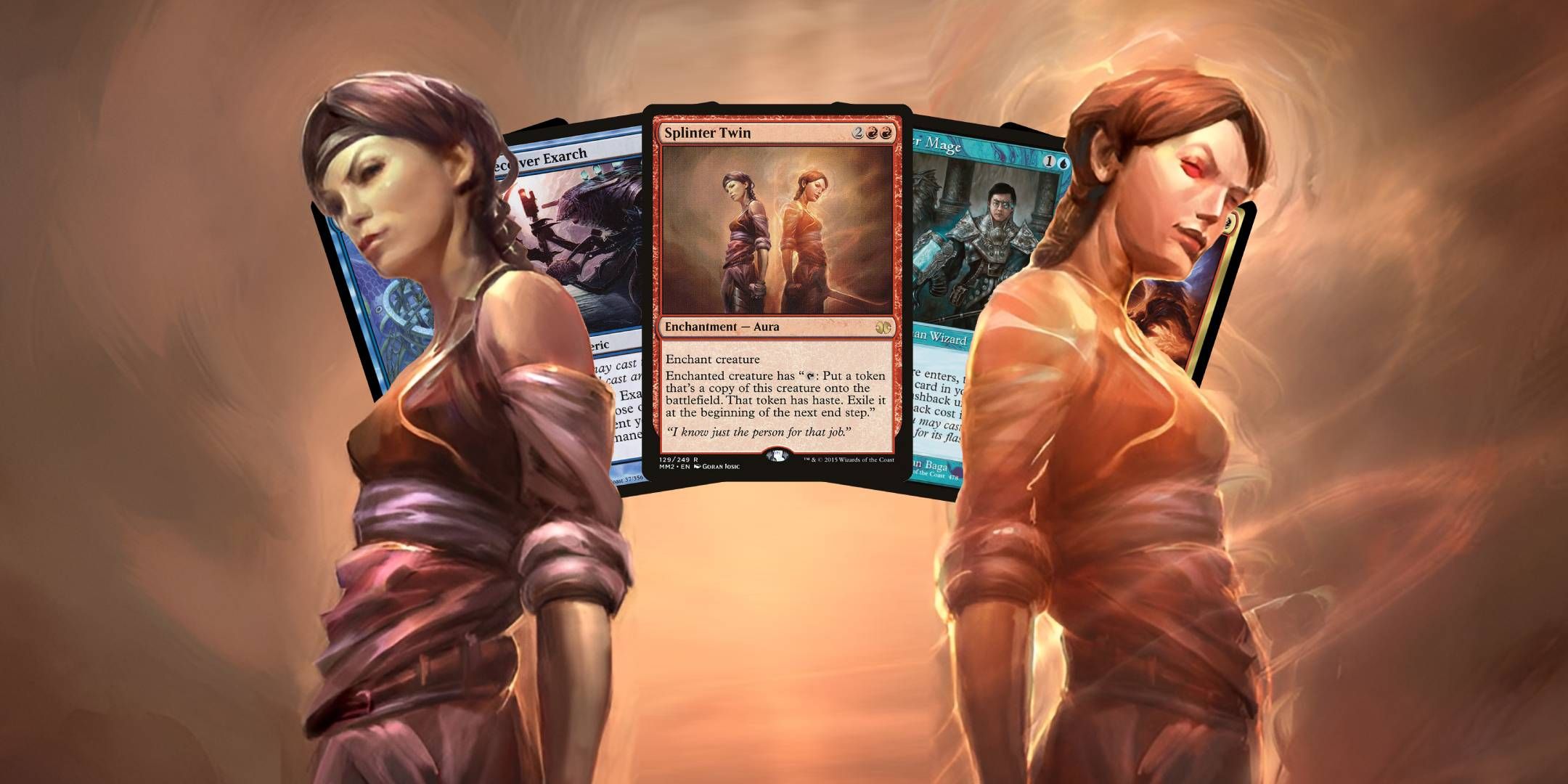
Next
Magic: The Gathering – Splinter Twin Combo Modern Deck Guide
Here’s how to play the Splinter Twin combo deck in Magic: The Gathering!
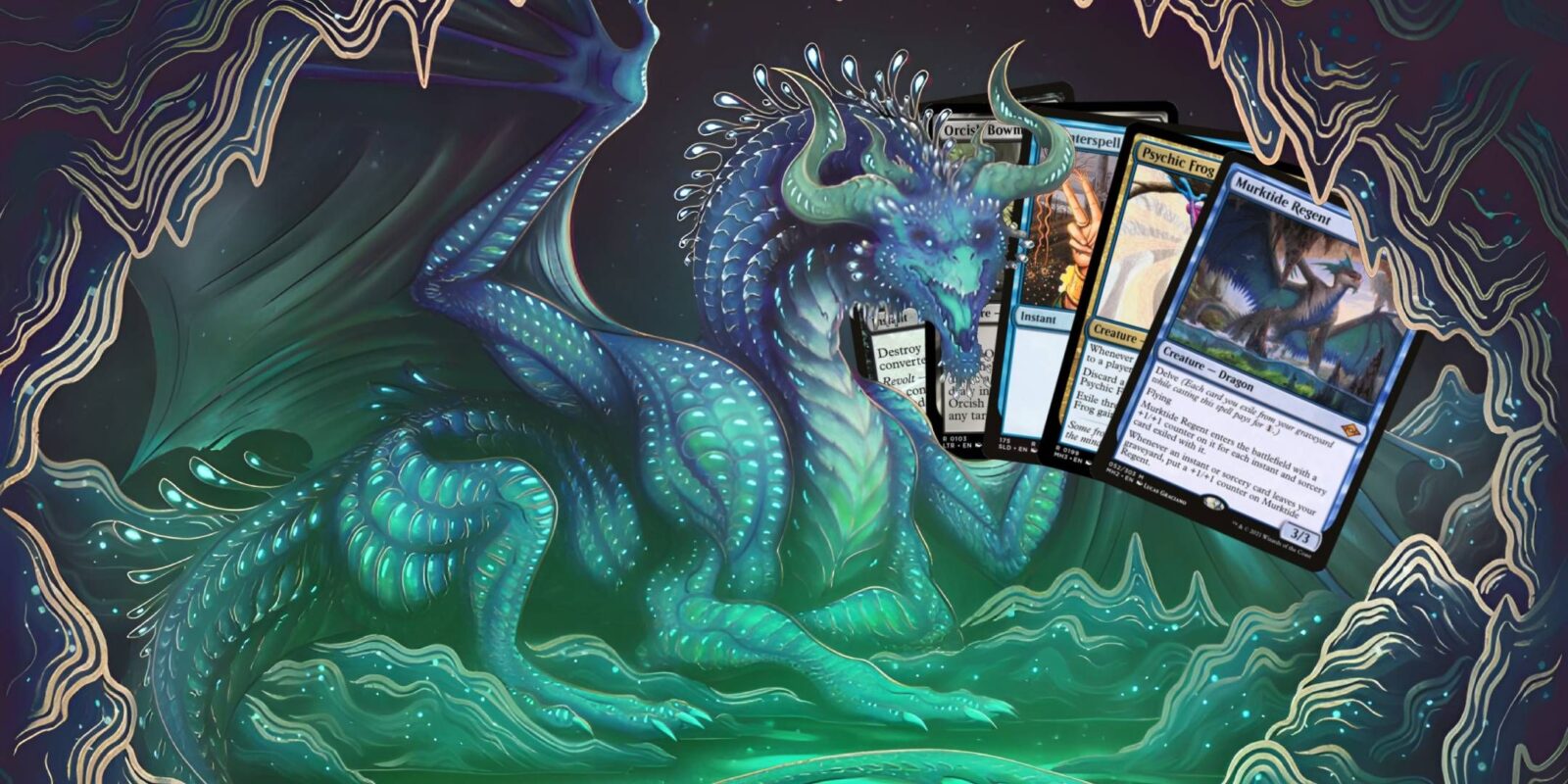

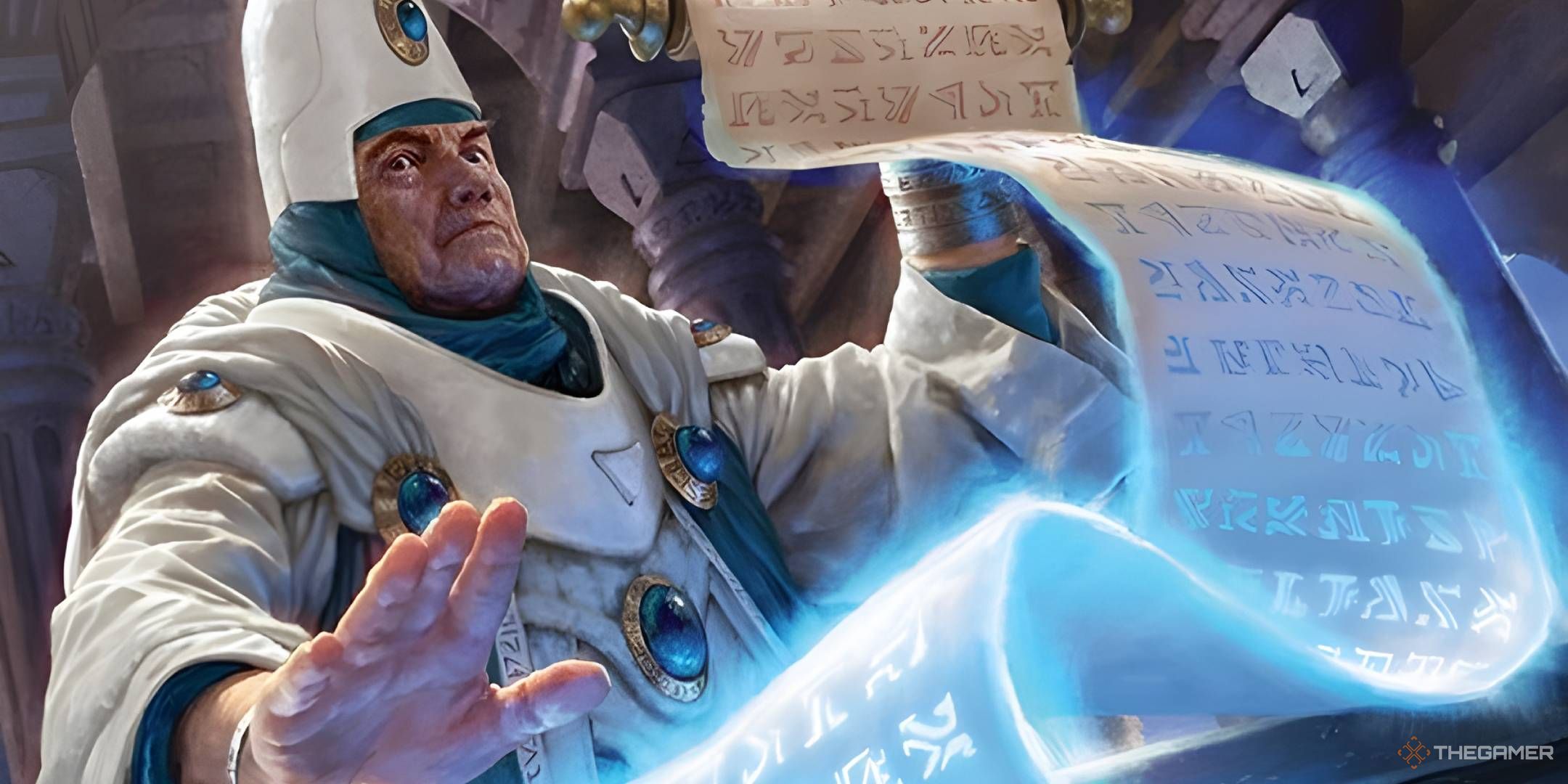
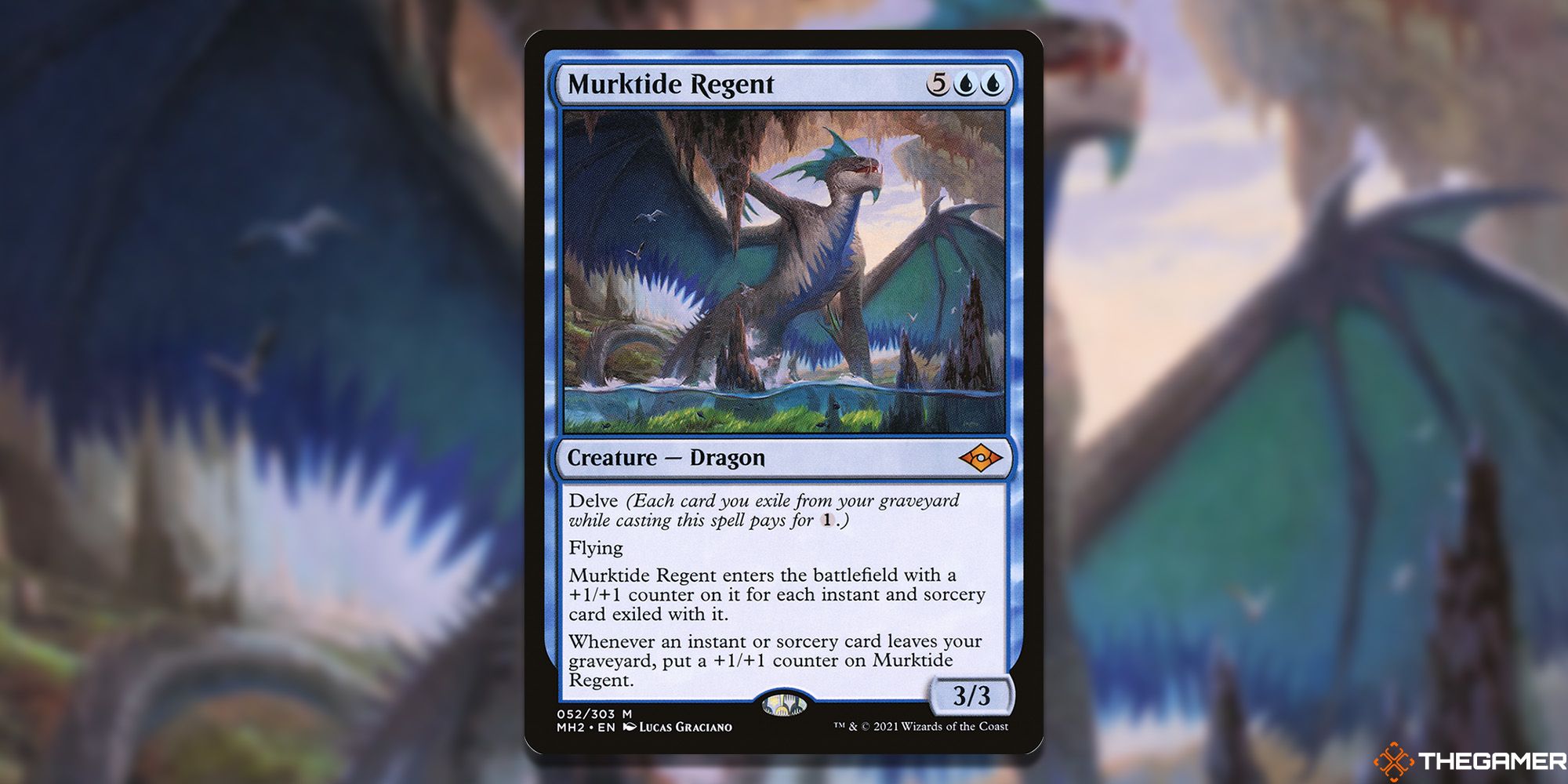
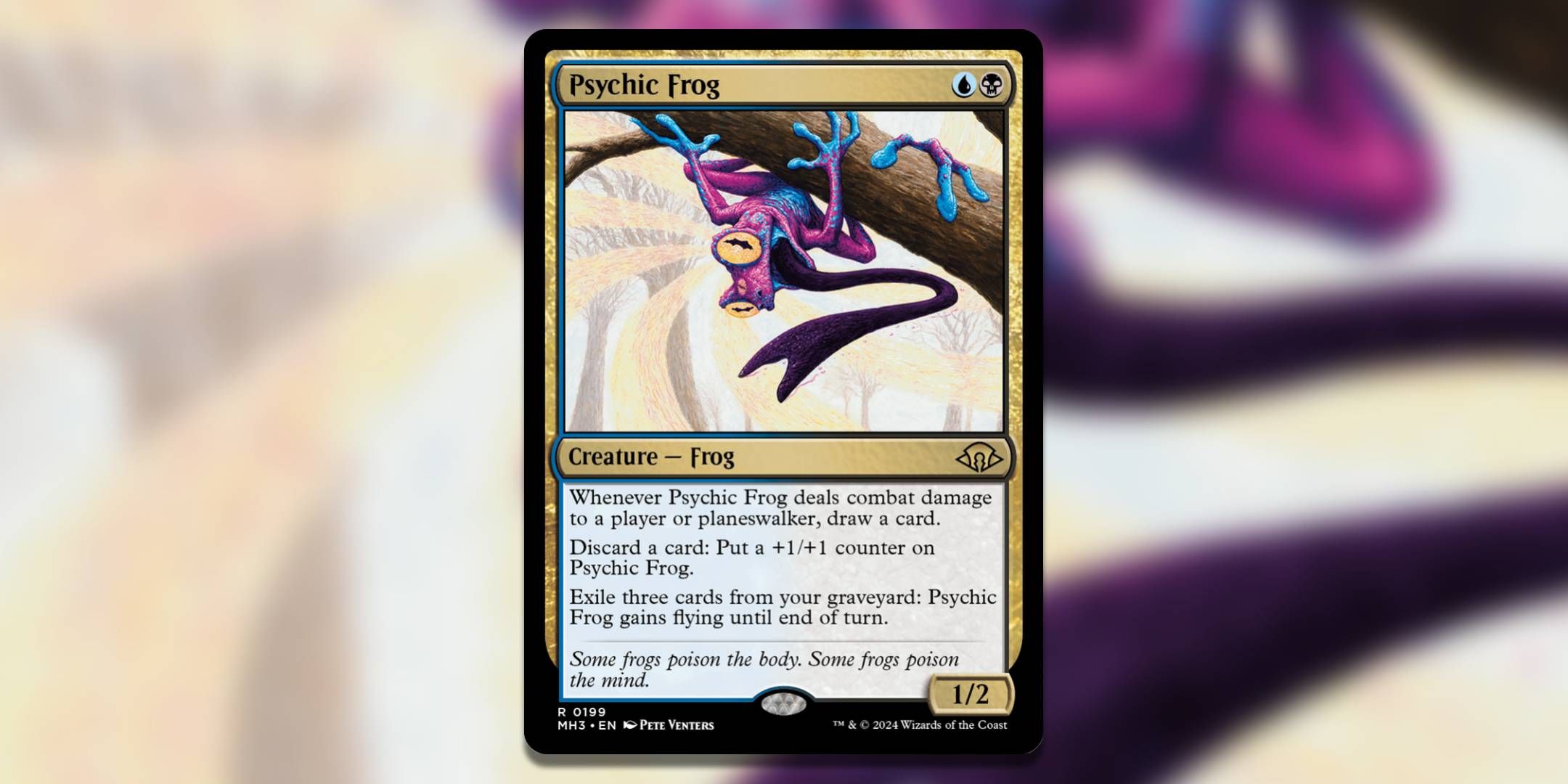
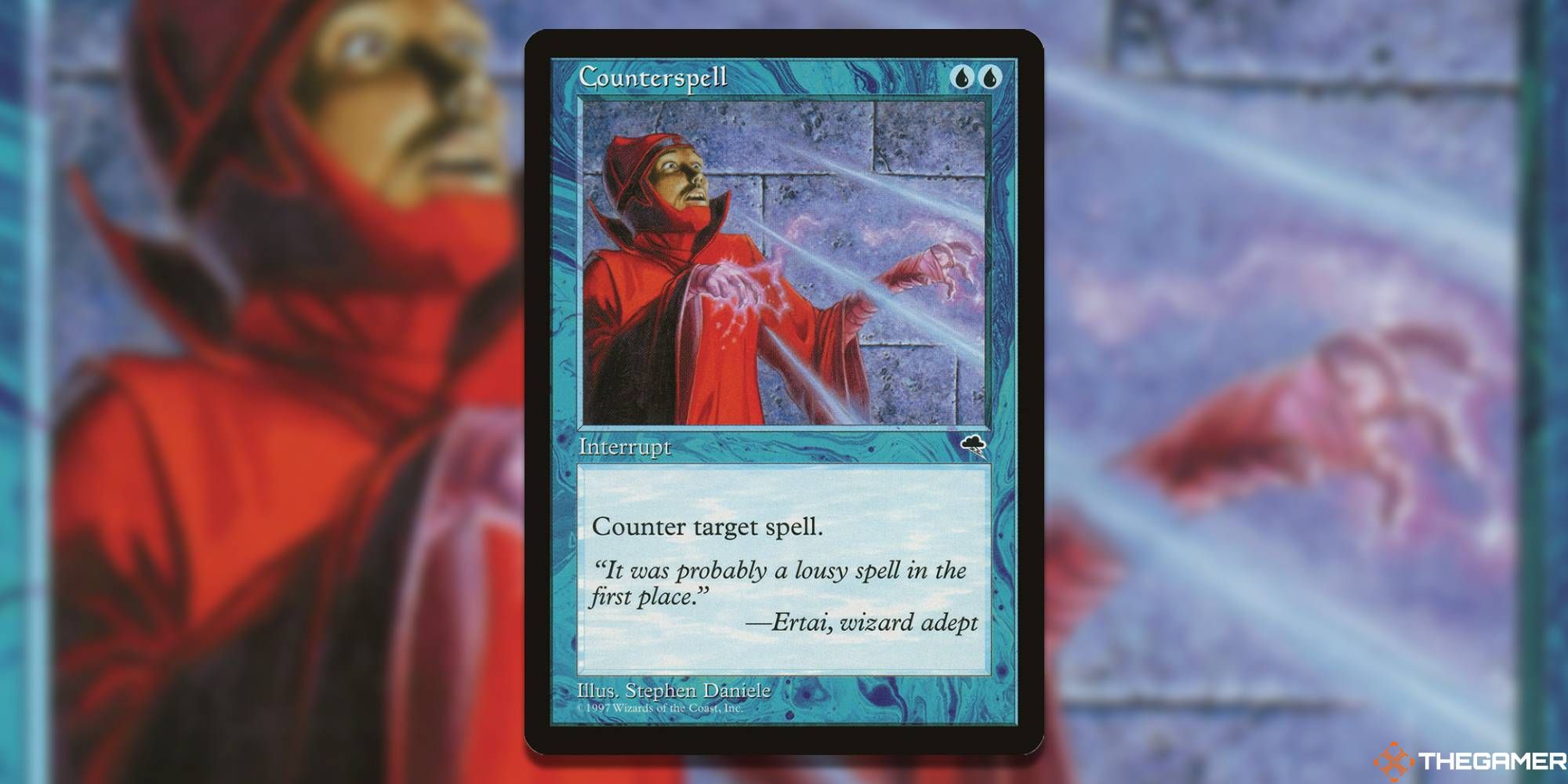
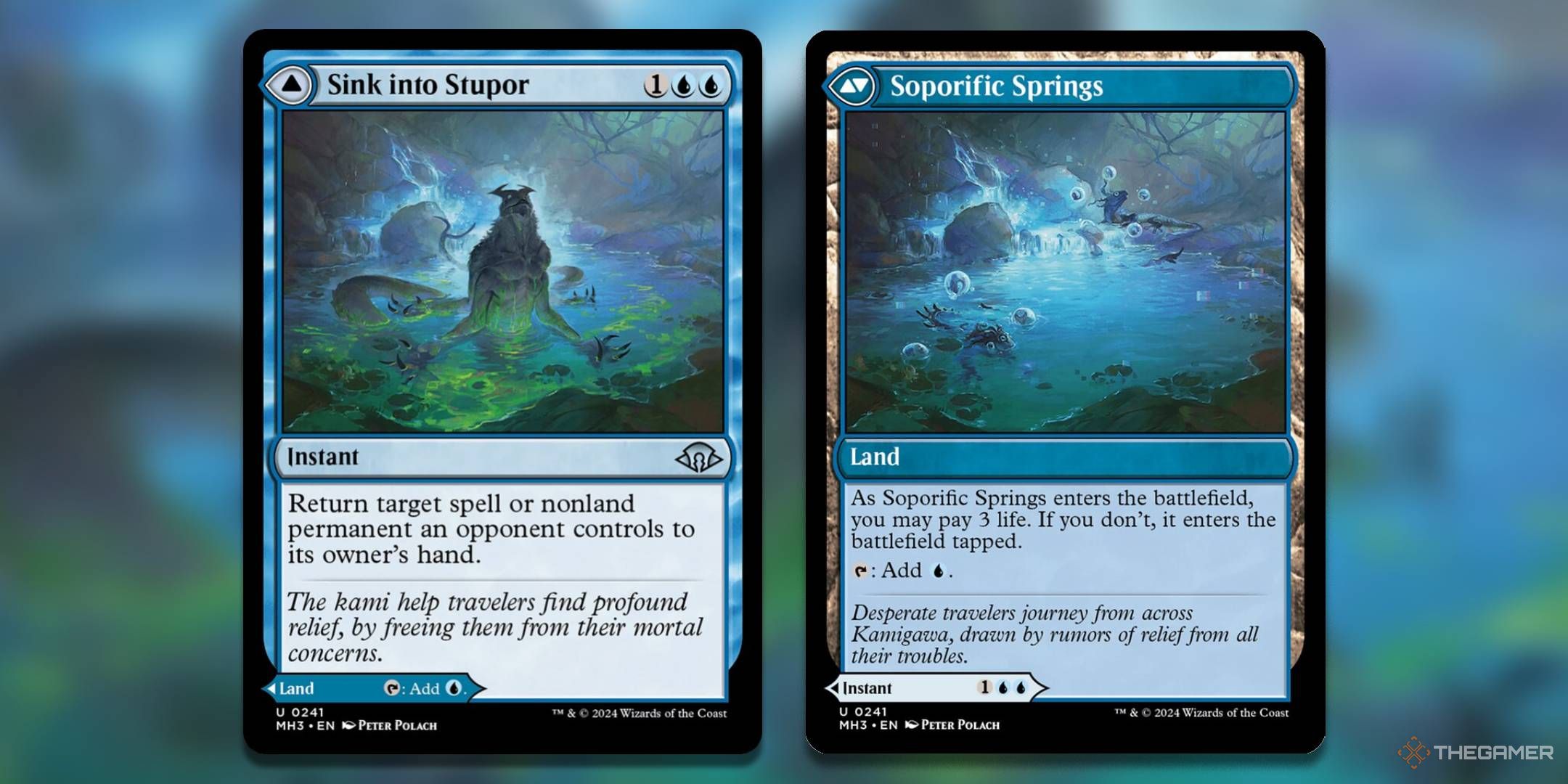
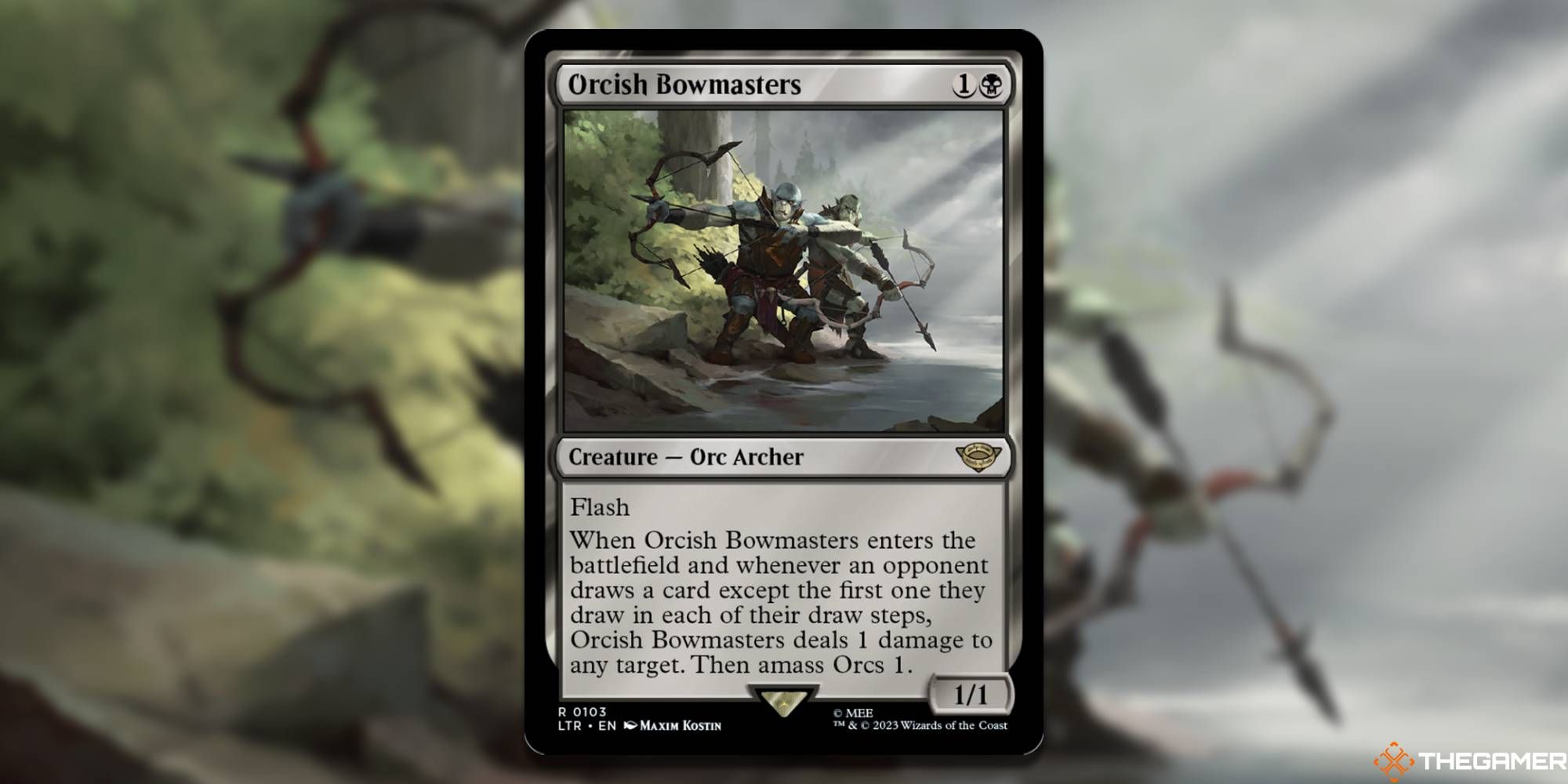
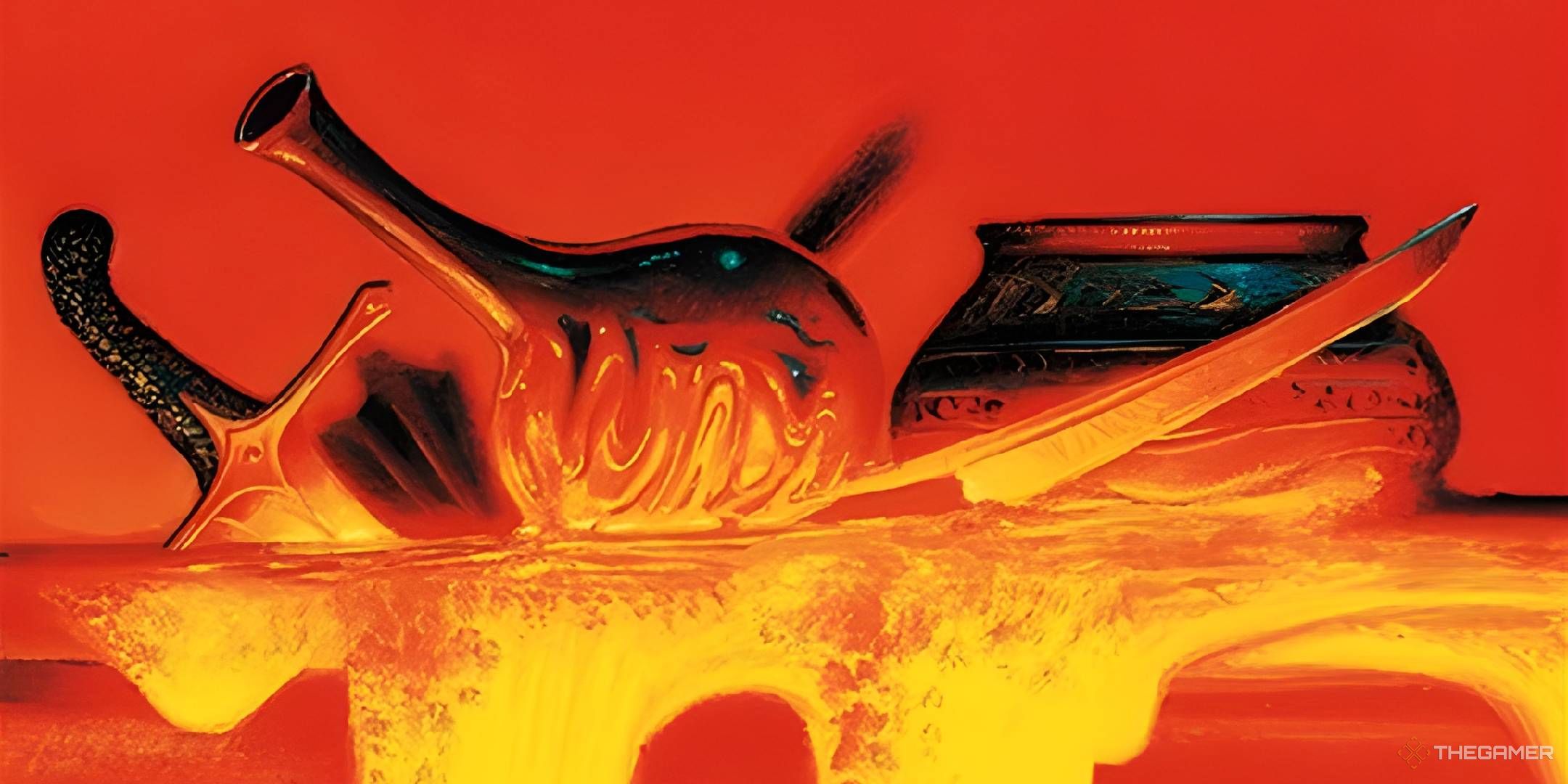



![[image loading]](https://esportvoice.com/wp-content/uploads/2024/11/Clem-doubles-what-did-you-expect-280x210.jpg)






Leave a Reply